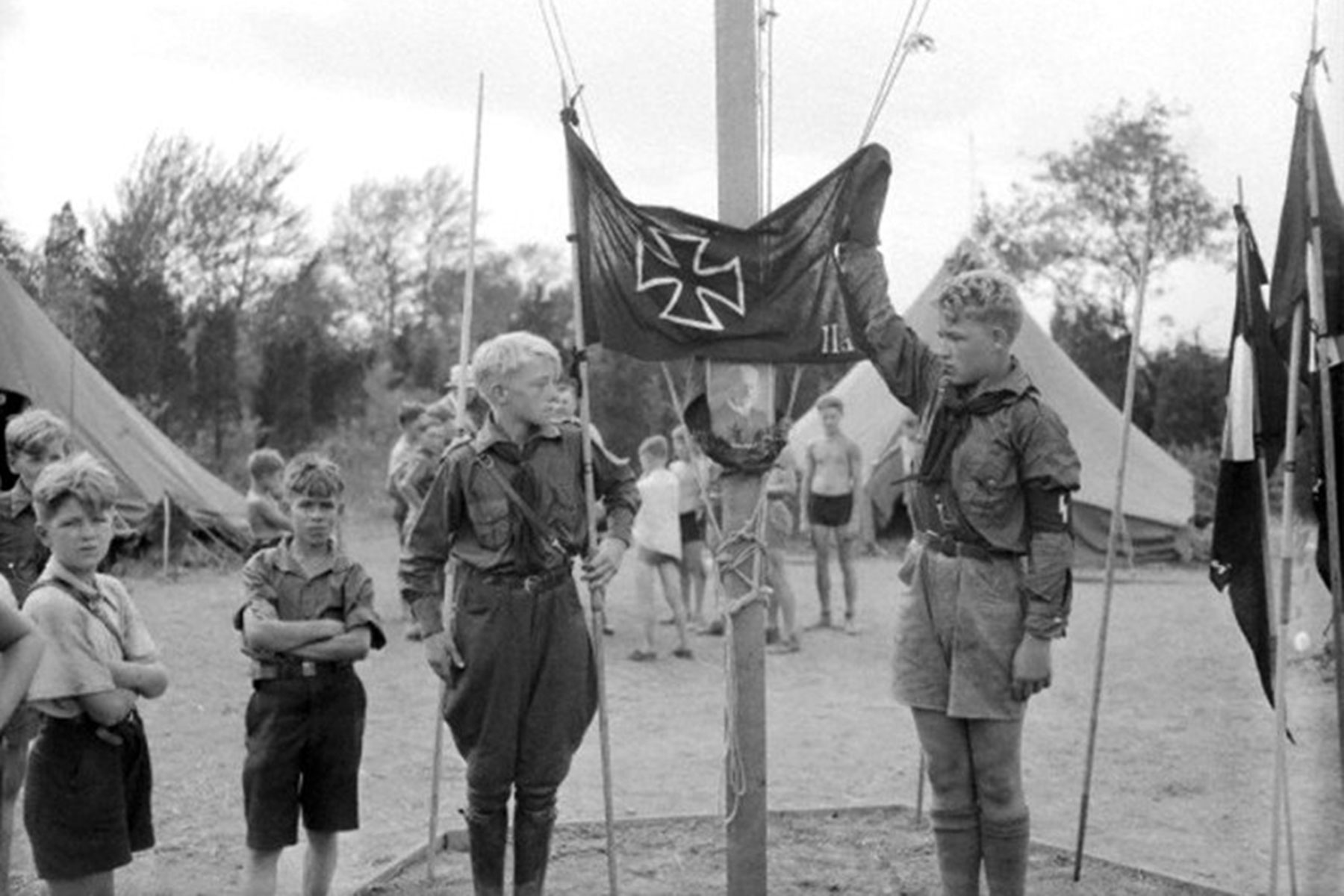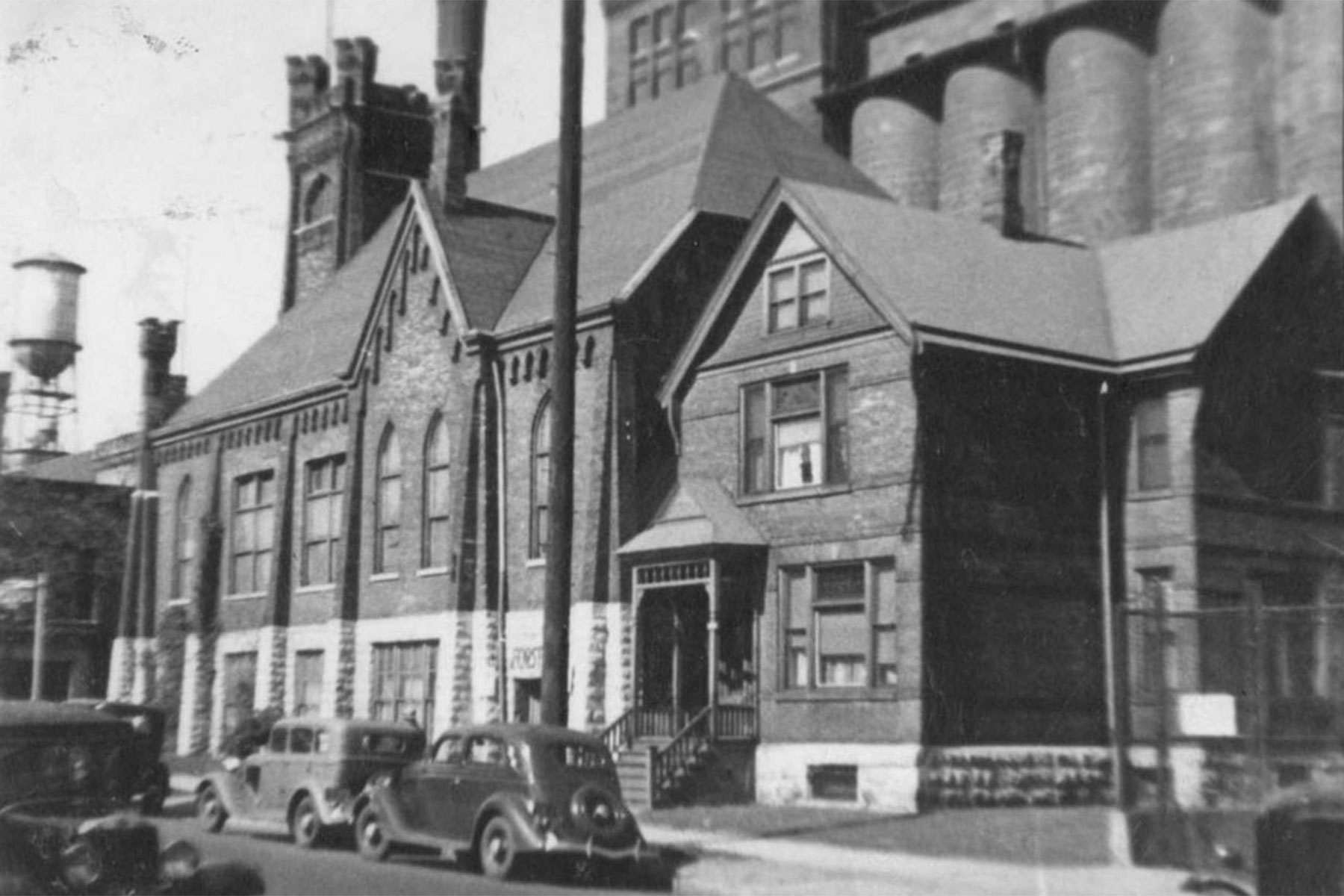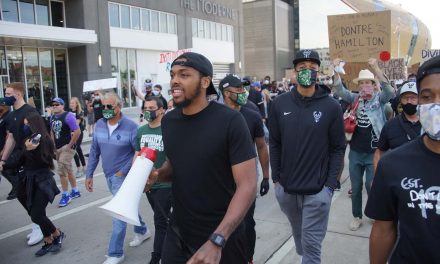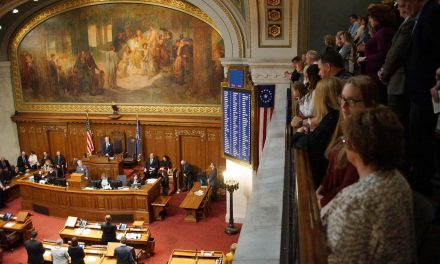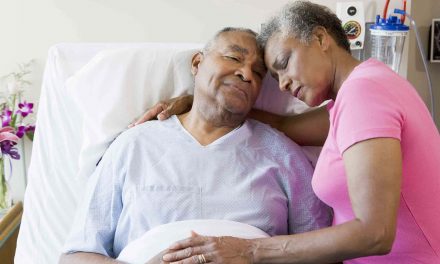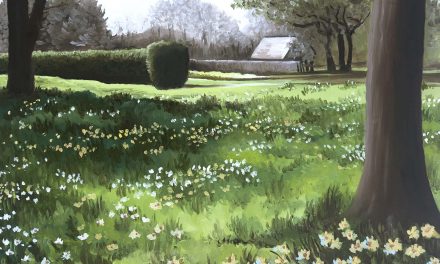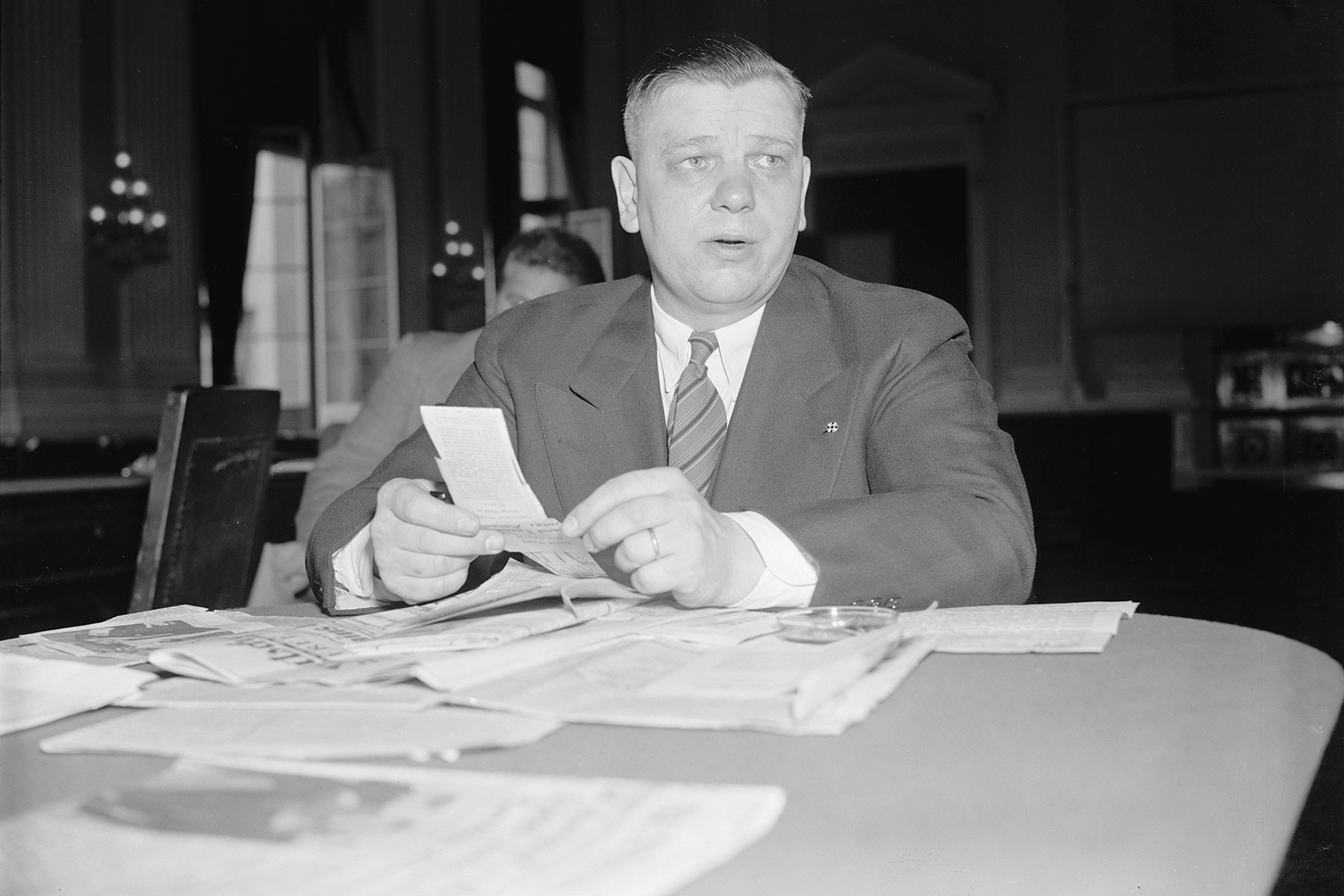
One Milwaukee businessman received an anonymous postcard with a picture of an exploding cannon on the front, and on the reverse was written: “When you ask for ads again look this over carefully.” A woman got a letter warning her to be careful about her public utterances or her relatives back in Europe “would have to suffer” for them. These threats came not from outside the German community, but from within. The German-American Bund, a fascist organization inspired by Adolf Hitler’s Nazi Party in Germany, hoped to convert their ethnic brethren in America to the Nazi cause. The result was the darkest period in the history of Wisconsin’s most prominent ethnic group.
In the early twentieth century, Wisconsin was perhaps the most German of all the American states. Roughly forty percent of the state’s 1930 population was either German born or first generation German-American. The Badger State was home to people from all the German-speaking parts of Europe, from Pomerania to Austria. There were Protestants and Catholics, Jews, freethinkers, and socialists of various stripes. Milwaukee, in particular, was the beating heart of Wisconsin’s Deutschtum (Germanness). It was home to some of America’s most recognizable beer brands, a place to get good schnitzel and sauerbraten, and it had a vibrant German-language press. The city had so many German cultural institutions that it earned the nickname “German Athens.” Milwaukee’s Germans were clustered on the north side of town, but could be found virtually anywhere in the city and surrounding countryside.
World War I traumatized Germans on both sides of the Atlantic – though in different ways. In Wisconsin and across the United States, war with Germany led to a wave of anti-German hysteria. Self-proclaimed “superpatriots” attacked ethnic Germans (whom they assumed disloyal unless proven otherwise) and denigrated their culture. Sauerkraut became “liberty cabbage” and hamburgers “liberty sandwiches.” Some Germans were forced to kiss the American flag to prove their loyalty, and a few were even physically accosted. In neighboring Illinois, a German immigrant was wrapped in a flag, forced to sing the “Star Spangled Banner,” then hanged. In such a hostile atmosphere, many German-Americans abandoned their ethnic ties. Milwaukee’s Deutscher Klub renamed itself the Wisconsin Club, and hundreds of ethnic Germans Americanized their names. The German Athens had become a shadow of its former self, and those who remained a part of the German cultural scene were left battered, bruised, and defensive.
Back in the “Old Country,” Germans experienced the humiliation of defeat, followed by years of economic dislocation and bloody political turmoil. Some on the far right of German politics turned to fantastical conspiracy theories to explain their country’s agony, claiming that Jews and communists had stabbed the brave German soldier in the back, and plotted to destroy the German nation. Democracy, they argued, was weak and ineffective in the face of crisis. Offering easy answers to complex problems, such thinking preyed upon the fears and insecurities of all too many Germans, and gave rise to fascism, Hitler, and the Nazi Party. During the 1920s, economic pressures led some of these right-wing extremists – often middle class professionals – to emigrate to America. Many were German war veterans and participants in the postwar political street battles. Once in the United States they usually identified as American and became citizens, though they did not shed their fascist, undemocratic worldview.
Wisconsin’s German-Americans reacted variously to Hitler’s coming to power in Germany in 1933. Many, especially German Jews and socialists, were ardently opposed. The Milwaukee Sonntagspost, while decrying the “anti-Jewish point that adorns … all efforts in Germany,” took a cautiously optimistic view:
“It is [in light of the will for German renewal] that we must understand the Hitler movement in Germany at the present time and assess its later ramifications…. The Hitler dictatorship represents for the moment the most efficient and expedient concentration of the united will of the German nation, and is therefore the means and the way for the resurrection of the German people, for a freer, brighter and greater future for Germany.”
Fascist immigrants embraced Hitler wholeheartedly, and wanted to be part of the Nazi movement. They formed the Friends of New Germany (Bund der Freunde des Neues Deutschland) just months after he came to power. Milwaukee had a chapter. The group’s connections to the Nazi Party in Germany caused a diplomatic rift between Washington and Berlin, however, and in 1936 it was rebranded the German-American Bund (Amerikadeutscher Volksbund), dissociated from the Nazi Party, and open only to U.S. citizens of German descent. Bund headquarters were in New York City, but the organization had chapters from coast to coast. The Milwaukee branch was headed by a mechanical engineer from Hannover named George Froboese, who also became the Bund’s Midwest regional leader. In southeastern Wisconsin, there were also Bund chapters in Kenosha, Racine, and Sheboygan.
Although not officially part of the Nazi Party, the Bund acted like it was. It adopted the Nazi “leadership principle” (führerprinzip), which demanded absolute obedience to superiors, and created a youth program (Jugendschaft) much like the Hitler Youth. Most chilling was the creation of the paramilitary Order Division (Ordnungsdienst), modeled on Nazi storm troopers, right down to brown-shirted uniforms and jackboots. Bund members applied Nazi racial theories to the American context. Nazi ideology taught that all Germans were united by blood, and that the descendants of German emigrants around the world should be “awakened” to their racial “duties” and support Hitler. Bundists saw themselves as loyal, patriotic Americans who were strengthening their adopted homeland and making it “cleaner.” They complained about “Negroid” cultural influences like jazz, but aimed most of their fire at Jews and communists, who – in their view – controlled the news media, spread anti-German propaganda, and stood poised to take over America. An “awakened” Germanic population, they believed, would counter alleged Jewish and communist plots and mobilize support for Nazi Germany in the United States. Froboese described the Bund as “the German element which is in touch with its race but owes its first duty to America.”
As early as 1933, German fascists began harassing Wisconsin’s Jewish community and distributing Nazi propaganda, including Hitler’s rambling manifesto, Mein Kampf. They also began to infiltrate existing German-American clubs in an effort to bring them under Nazi control. At the time, most of the German societies in the Milwaukee area belonged to an umbrella organization called the Wisconsin Federation of German-American Societies. Its president was Bernhard Hofmann, an immigrant from Hamburg active in German-language radio broadcasting. At its peak, the Federation had more than seventy member organizations encompassing a great variety of activities and interests. Sports and musical clubs predominated, but member clubs also included the Milwaukee Dog Training Club, the Deutscher Theater Verein, the Touristen Verein Naturfreunde, and the Min Mutter Spraak Plattdeutsch Verein.
Insurgent Bundists quickly created chaos within the Federation. Some clubs withdrew in protest, and arguments often disrupted meetings. In 1935, the Federation voted to ban displays of the German national flag – now with swastika. Using threats and intimidation, Bund members attempted to discover which delegates had voted against the swastika. The dispute became so heated that Hofmann expelled Bund delegates from the Federation, but in doing so opened himself up to harassment and intimidation. Not long afterward he received an anonymous letter calling him a “mongrel,” and telling him: “Es ist ein Schlechter Vogel, der sein eigenes Nest beschmutzt.” (It is a very poor bird that dirties his own nest.)
By 1937 the Bund had grown increasingly bold. That summer it opened Camp Hindenburg (named after the top German commander in the First World War and former German president) on the banks of the Milwaukee River near Grafton, where swastikas were proudly displayed alongside the American flag. The camp was a gathering place for social activities, including picnics and political rallies, but functioned primarily as a facility for the Bund’s Jugendschaft. Froboese compared his youth program to the Boy Scouts and Girls Scouts, and proclaimed that kids should be in “God’s free air” and not in city “pool halls.” While at Camp Hindenburg, children dressed in Nazi uniforms and learned military-style drill, including marching, inspections, and flag-raising ceremonies. Although the Bund denied it, children also received political indoctrination. “Hitler is the friend of Germans everywhere,” one girl was told, “and just as Christ wanted little children to come to him, Hitler wants German children to revere him.”
The Bund also began to stage well-publicized rallies. In August 1937, it received a permit for a “German Day” gathering at a Kenosha city park. The event became a lightning rod for anti-Bund activists, who urged the permit’s withdrawal. Milwaukee’s German-American Workers’ Club, for example, called the Bund “an annoying clique of race fanatics and disrupters” that had “no right to speak in the name of German-Americans.” Despite appeals to free speech, Kenosha withdrew the permit. The rally took place instead at Kenosha’s German-American House, where Froboese railed against the “Jewish-controlled press,” and attacked Bernhard Hofmann as an “ignorant windbag” and a “traitor to his people.”
Bund rallies became public spectacles, attracting scores of protesters. Indeed, there were often as many protesters at the rallies as Bund members. Tensions were high, and violence broke out on several occasions. For example, in Milwaukee, rioting erupted at two separate Bund rallies in 1938. “Hecklers arose to break up the meeting,” reported the Milwaukee Journal of a rally at the Milwaukee Auditorium in February, and “the order division went to work, gloved fists flying.” One heckler lost some teeth in the brawl. Police arrested several protesters, but the judge dismissed the charges, stating that “any group preaching revolutionary doctrines opposed to American democracy and founded on religious prejudices can expect trouble.” One month later, violence erupted again when a communist rushed the stage, enraged by the sight of children in “Nazi youth” uniforms.
The rise of the Bund stimulated considerable public discussion in the Badger State, and indeed across the nation. The Bund was hardly alone in promoting racist ideas during the Great Depression. As desperate people sought solutions to the awful hardships they faced, many voices offered up vulnerable minority groups as convenient scapegoats. Father Charles Coughlin regularly lashed out against Jews on his popular radio program, and there were prominent homegrown anti-Semitic groups with dictatorial tendencies, such as the Silver Shirts, which claimed that democracy was “strictly kosher.” Most Americans shied away from such extremist thinking, though, and with its frank emulation of German Nazis, the Bund seemed to American eyes more alien and sinister than most. The Bund’s rise to prominence also coincided with Hitler’s expansion in Europe, raising concerns about national security. Despite their claims of Americanism, the Bund seemed to many like a Nazi “fifth column” actively pursuing the interests of a hostile foreign country within the United States. By 1938, the ranks of Bund critics had broadened, now encompassing a diverse coalition ranging from communists to veterans groups. Wisconsin’s Army-Navy League, for example, declared that “a person cannot belong to the Bund and still be a good citizen.”
Although the Federation strongly opposed the Bund, it had resisted public criticism, fearing further disunity among Wisconsin’s ethnic Germans. However, with anti-Bund sentiment growing, many German-Americans feared a return of the anti-German hysteria of the First World War – still painfully fresh in the minds of many. By 1938 the Federation concluded that it had to speak out loudly and clearly against the Bund or run the risk of being linked to it. In March, the Federation issued a statement blasting the Bund, declaring that it had “nothing whatsoever to do with [its] propaganda of racial hatred and religious intolerance.” The Federation claimed that the average German-American was “strongly opposed to the Nazi doctrines of hate” and begged: “America, please take notice!!!” Later that year, Hofmann traveled to Washington to testify before the House Un-American Activities Committee, then investigating Bund activities. Before a national audience, he reiterated how Milwaukee’s German community had “showed their loyalty to this country by their deeds,” and should not be “thrown into one pot with those who have not American interests at heart.”
The Federation also took action. In 1939, with the help of some in the business community, it acquired the lease to Camp Hindenburg and renamed it Camp Carl Schurz, in honor of the nineteenth-century German-American political leader with Wisconsin ties. The site became a Federation youth camp, and 125 children of Federation members spent the summer there. Bernhard Hofmann declared that under his organization children would be instructed in Americanism, and that there would be “no flag but the stars and stripes.” Froboese claimed that the site had been “stolen,” and stated: “I am glad they had the decency to abandon the name Camp Hindenburg.” However, the Bund obtained another site, just one mile south of Camp Carl Schurz, and rival German-American camps occupied lands in the Milwaukee suburbs.
The growing pressure began to take its toll on the Bund. Froboese once privately confessed that the constant attacks from “irresponsible outsiders” had made him “jittery.” The Nazi-Soviet Pact of that August took the fire from its anti-communist rhetoric. In December, the Bund’s national leader, Fritz Kuhn, was jailed for illegal use of organizational funds. Protests against the Bund continued as well, including the bombing of its Chicago offices in July 1940, which Froboese claimed was an attempt on his life. Bundists developed a bunker mentality, holding their 1940 national convention secretly at three Midwestern camps, including Camp Hindenburg. Although the Bund continued to speak out against the “tories and internationalists” trying to provoke war with Germany, press coverage tapered off as the group declined and public fear of domestic Nazism waned.
When war with Nazi Germany finally came late in 1941, federal agents seized Bund records and many of its members faced denaturalization proceedings and imprisonment. In a letter to the Bund’s lawyer, Froboese, who had become Bund’s national leader just weeks before America entered World War II, offered his assessment of its brief but tumultuous existence. “True it is,” he wrote:
“that we made mistakes especially in the field of what you call ‘mental psychology.’ Still, I would like to again emphasize, that I never looked upon the [Bund] as an offensive organisation [sic]. From the beginning it was a defensive movement. We have never been a CAUSE, but instead have always been a REACTION to a CAUSE…. We always stood with both feet on American soil and in the final analysis of all of our doings, had only the very interests of this our America at heart.”
In 1942, Froboese received a subpoena to testify before a New York grand jury concerning Bund activities. En route, he got off the train in Waterloo, Indiana and committed suicide by laying his head on the tracks in front of an oncoming train.
In the end, the Bund’s mission to “awaken” Wisconsin’s German-Americans to the Nazi cause was a dismal failure. Despite being in a heavily German state, the Bund probably had no more than 500 members in Wisconsin, nearly all of whom had come to America after World War I. Only a small fraction of Bundists were American born. Nationally, estimates of Bund membership range anywhere from 6,000 to 25,000. Although the Bund involved only a small number of ethnic Germans, it was vocal and aggressive in pushing its fascist agenda during unsettling times, and stands as an example of how a small group of fanatics can exploit fear and generate great turmoil.
As for the rest of Wisconsin’s German-American community, the emphasis on Americanism paid off. Though the nation was not entirely free of anti-German prejudice during World War II, there was no repeat of widespread hysteria as was the case during World War I. Americans saw their German neighbors as loyal Americans unless proven otherwise. Indeed, throughout the war Wisconsin’s German-Americans enjoyed a busy social calendar, including festivals, picnics, and soccer games. The Federation even began its own radio program, the Deutsche Stunde (German Hour) on WRJN in 1942. And yet, the triumph was bittersweet. The activities of Bund forced many German-Americans to emphasize the American part of their identities at the expense of the German. The ugly realities of the Holocaust, the small number of German immigrants after the war, and white flight to the suburbs all led to further weakening of German-American identity in the years after World War II.
America’s struggle against fascism during the 1930s and 1940s changed the nation. The events of those years forced Americans to think about what they believed their country stood for – freedom, justice, tolerance, democracy. Blatant Nazi racism repelled most Americans, yet it also exposed how the nation sometimes failed to live up to its own ideals when it came to race and religious freedom, setting in motion decades of civil rights reform. During World War II, it was the military personnel of the “Greatest Generation” who did the hard and dirty work of defeating fascism and preserving American ideals, but to some extent all Americans were part of the struggle. Wisconsin’s ethnic Germans were among the first Americans to face down the fascist threat.

